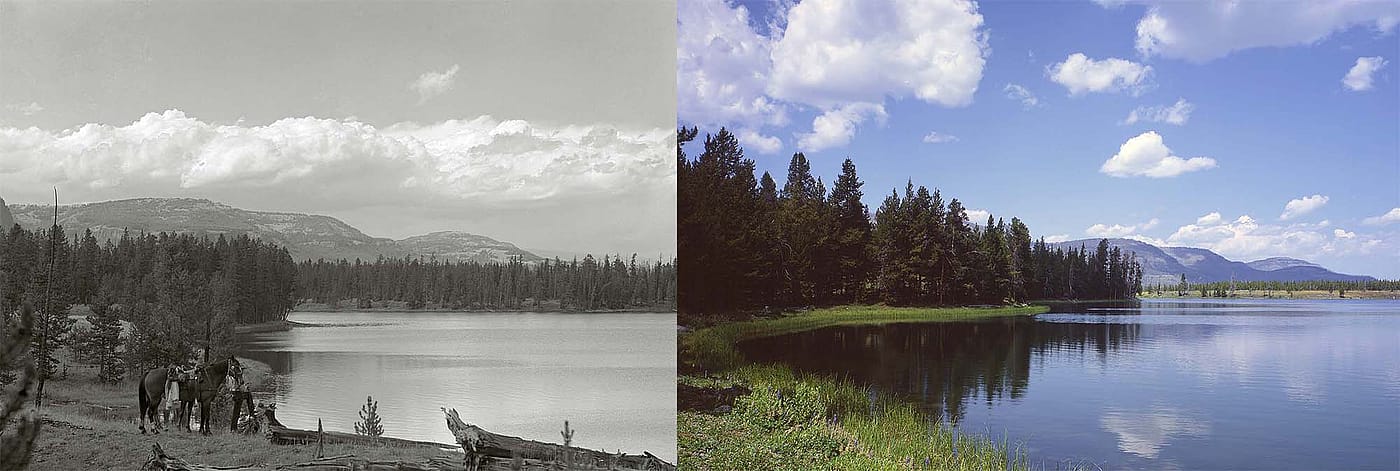
Thorofare through the Shutter – Points West Online
Originally published in Points West magazine
Spring 2005
Thorofare through the Shutter
By Marguerite House
For those who live in the area surrounding Yellowstone National Park, Thorofare is legendary. This wilderness region takes on almost mystical proportions as those who’ve made the trip smile quietly and say, “Yes, I’ve seen Thorofare.”
And what a trip it is. This area is the most remote location in the lower 48 United States, accessed by a 30-mile horseback trip that, for many, takes two days to complete. Fifty years ago, noted Yellowstone photographer Jack Richard chronicled the building of a Wyoming Game and Fish Department back country outpost cabin in the area. In the summer of 2004, then Buffalo Bill Center of the West Photographer Sean Campbell was enlisted to recreate Richard’s shots a half century later.
Campbell accompanied Wyoming Game and Fish personnel Tim Fagan and Mark Bruscino, along with McCracken Research Library Curator Nathan Bender on the six-day trip. “I’ve ridden horses before, but not for many years. I knew it would be a long ride, but I didn’t realize how sore I would really be. We spent two days on horses going in, two days on site at the Thorofare cabin, then two days on horses coming back out. After each day of riding, I literally fell off my horse. I was so incredibly tired. That was clearly the hardest part of the project.”
Armed with seven Jack Richard photographs, Campbell’s mission was to exactly match each Richard image. “We purposely factored in the time of year, hoping the snow pack, the run-off, the flowers, the undergrowth—all those factors would be as comparable as possible to the conditions Richard found. Of course, there are no power lines in the area, and thankfully I didn’t even have to contend with a jet flying overhead. There is truly no evidence of ‘civilization’ there at all. Oh, and the weather was fantastic. The conditions to duplicate Richard’s images were absolutely perfect.”
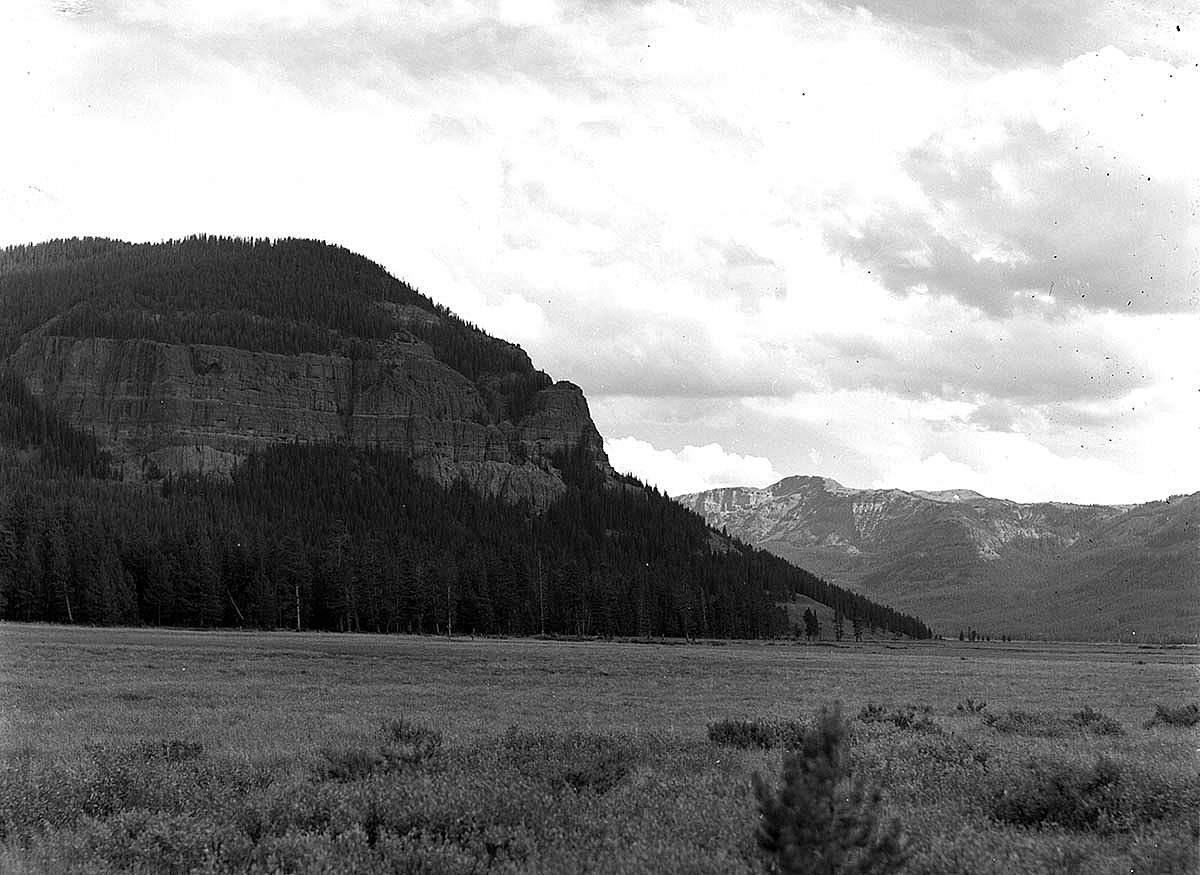
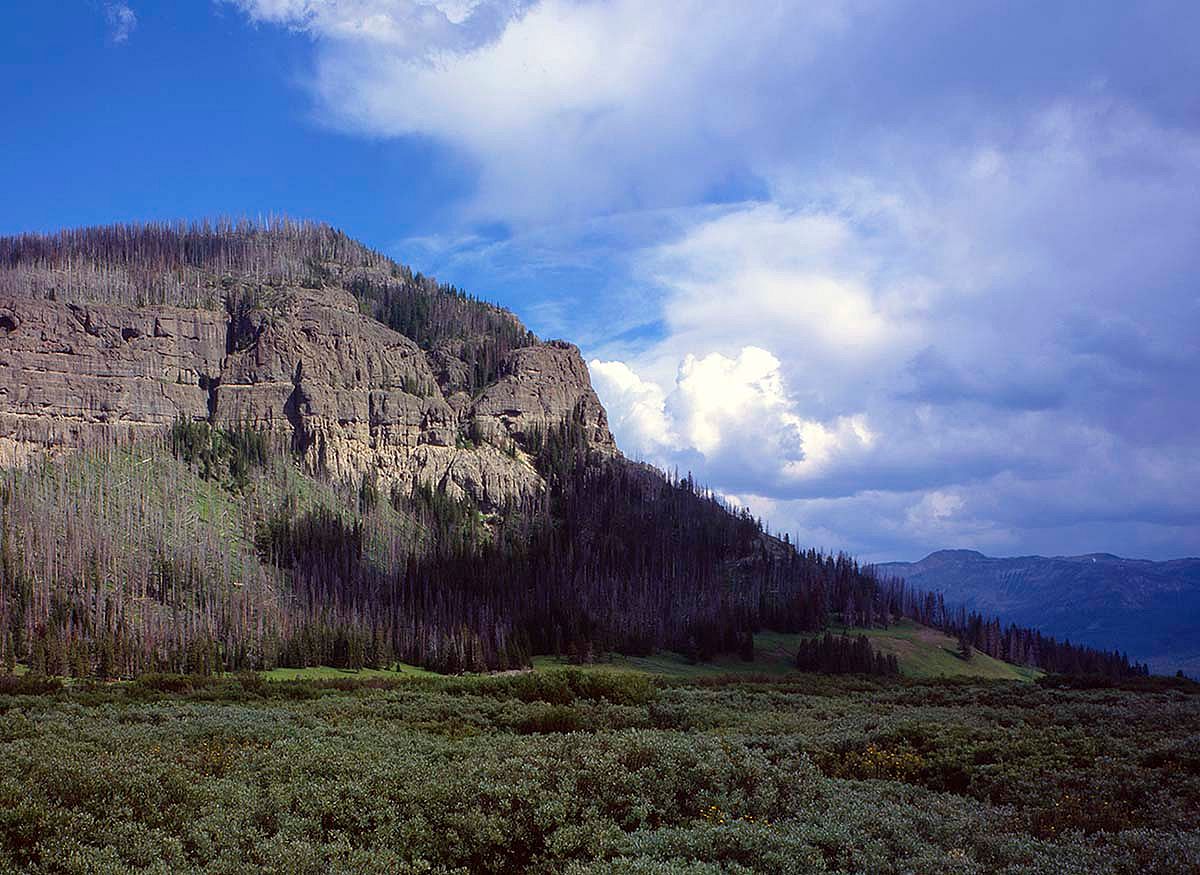
Campbell worked with Bender to find the exact vantage points from which Richard’s shots were taken. “I was surprised, though, at the difference the 1988 fires in Yellowstone had made in the area.” He used a Sinar 4 x 5, what he called “a big studio camera—really not made for field use.” In addition, he carried two 35 mm cameras, a tripod, and a dozen lenses of all kinds. “No digital on this trip,” Campbell noted. “This was strictly a film trip.” In the final tally, he shot more than a dozen rolls of film and 50 sheets of 4 x 5-inch images.
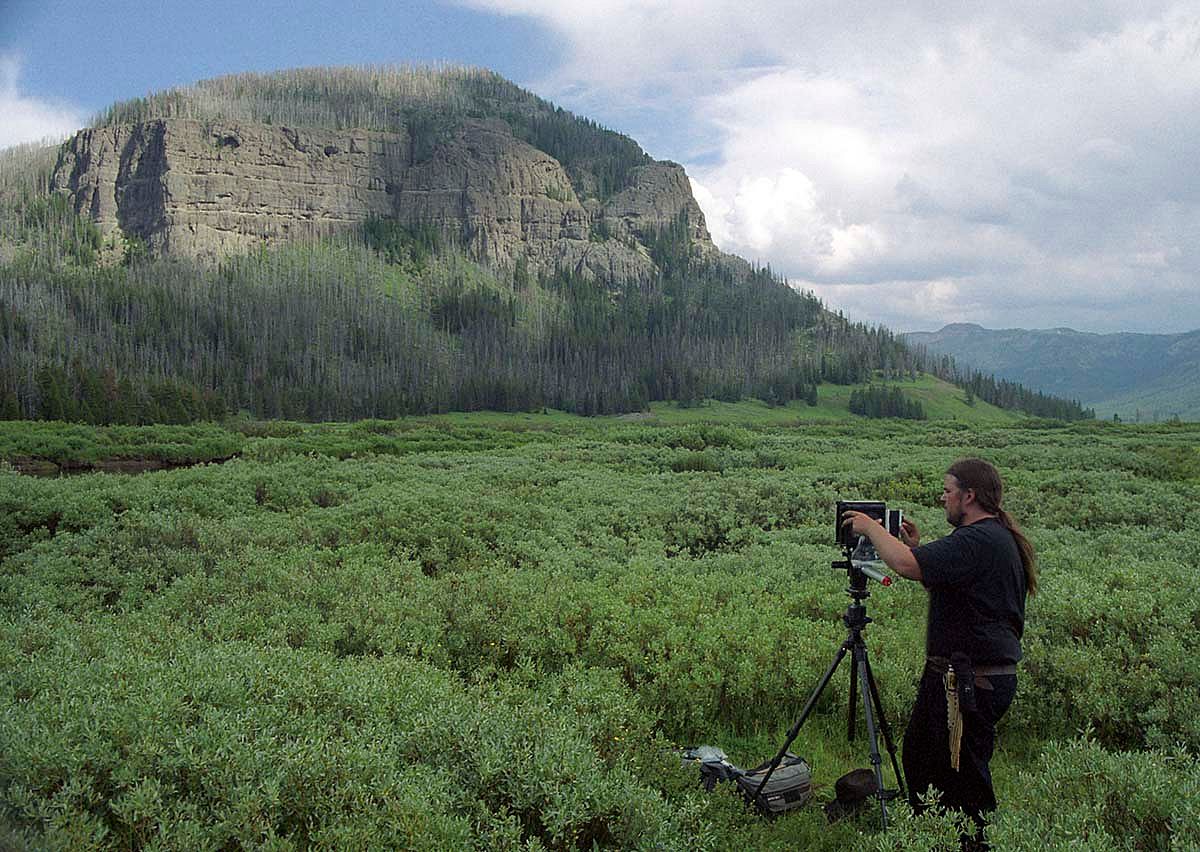
“I also shot a half dozen 360-degree panoramic photographs. That area was perfect for it,” said Campbell. One panoramic produced a spectacular frame of the Thorofare cabin at night. With windows glowing from lanterns within, and stars sparkling in the sky above, Campbell admits, “I knew as soon as I pressed the shutter, this was the shot.”


In the end, Campbell was able to replicate every one of the seven Richard images he’d planned to photograph. “I think Jack had an easier time of it though,” remarked Campbell. “On that trip, the group boated down across Yellowstone Lake before packing the rest of the way in. I would have much preferred to go that route!”
Between one-third and one-half of Campbell’s shots were used for the Center’s photography exhibition A Place Called Thorofare: People, Wilderness, and Wildlife Management, which was on view in 2005 and 2006. Campbell calls it a “great exhibit. Area residents enjoyed it because of its local mystique and visitors will love it because, frankly, it’s simply a beautiful place.”
When asked how the last mile of the trip was different from the first, Campbell said, “I was anxious to get home and sleep in my king-sized bed—and of course, I wanted to develop my film and see what I had. By the last mile, it became a conscious effort to put one foot in front of the other; I was that beat.”
Still, Campbell is quick to add, “Would I do it again? Definitely.”
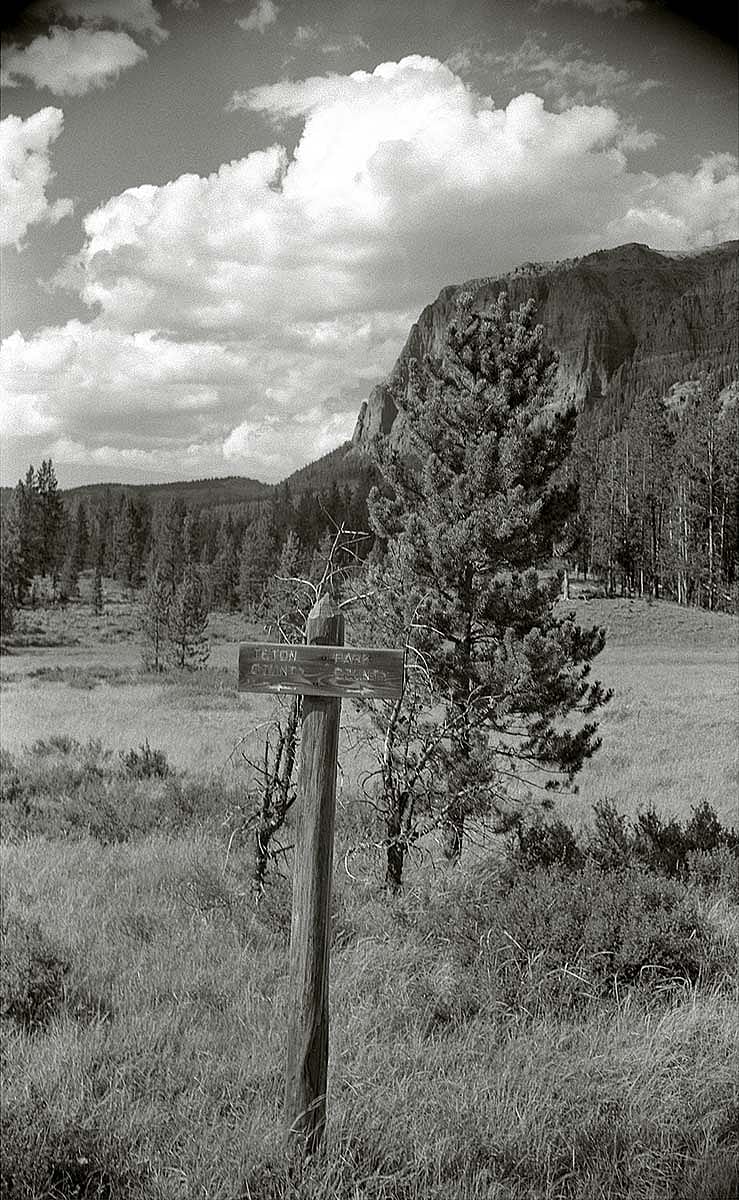
The Thorofare Creek pack trail crosses the boundary between Park and Teton counties in the “County Line Meadow.” Jack Richard Photograph, 1953. PN.89.20005.35 
Compare this view of the “County Line Meadow” taken in August 2004 with that taken in 1953. Note the absence of the county line marker. Sean Campbell Photograph.
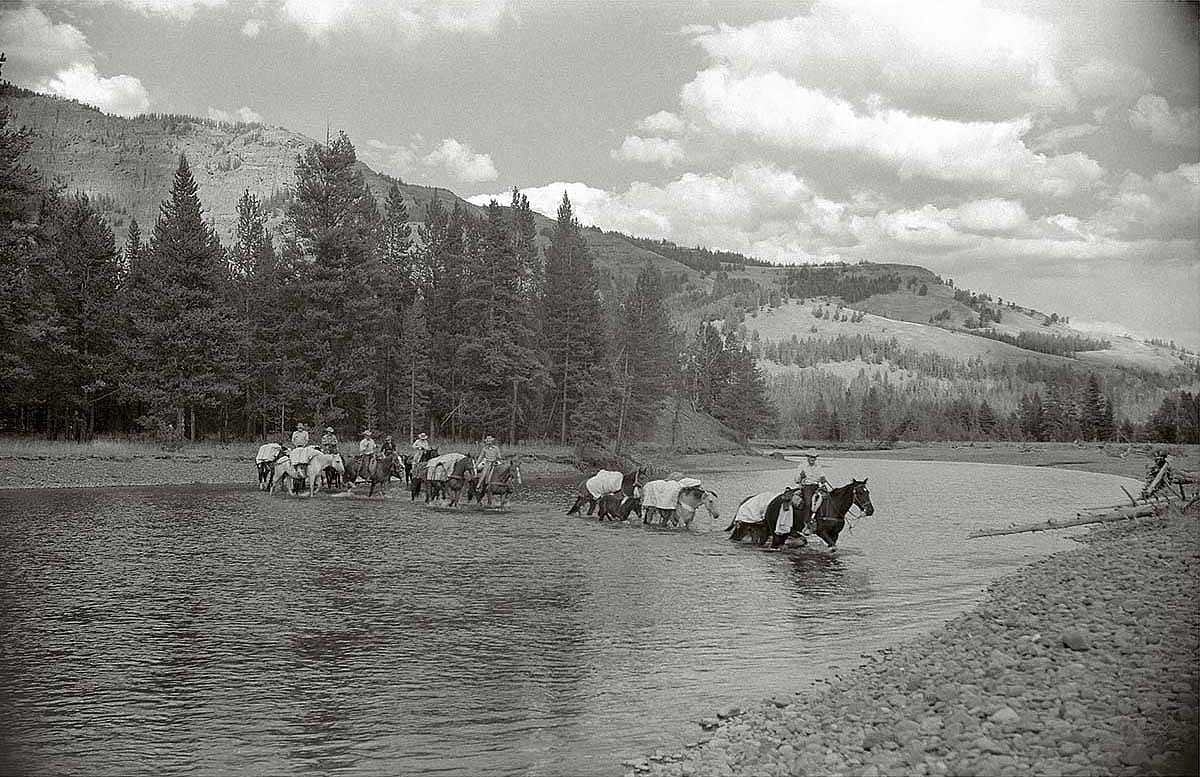
Pack string led by outfitter Les Bowman crossing the Thorofare Creek in 1953. Jack Richard photograph. PN.89.20005.12 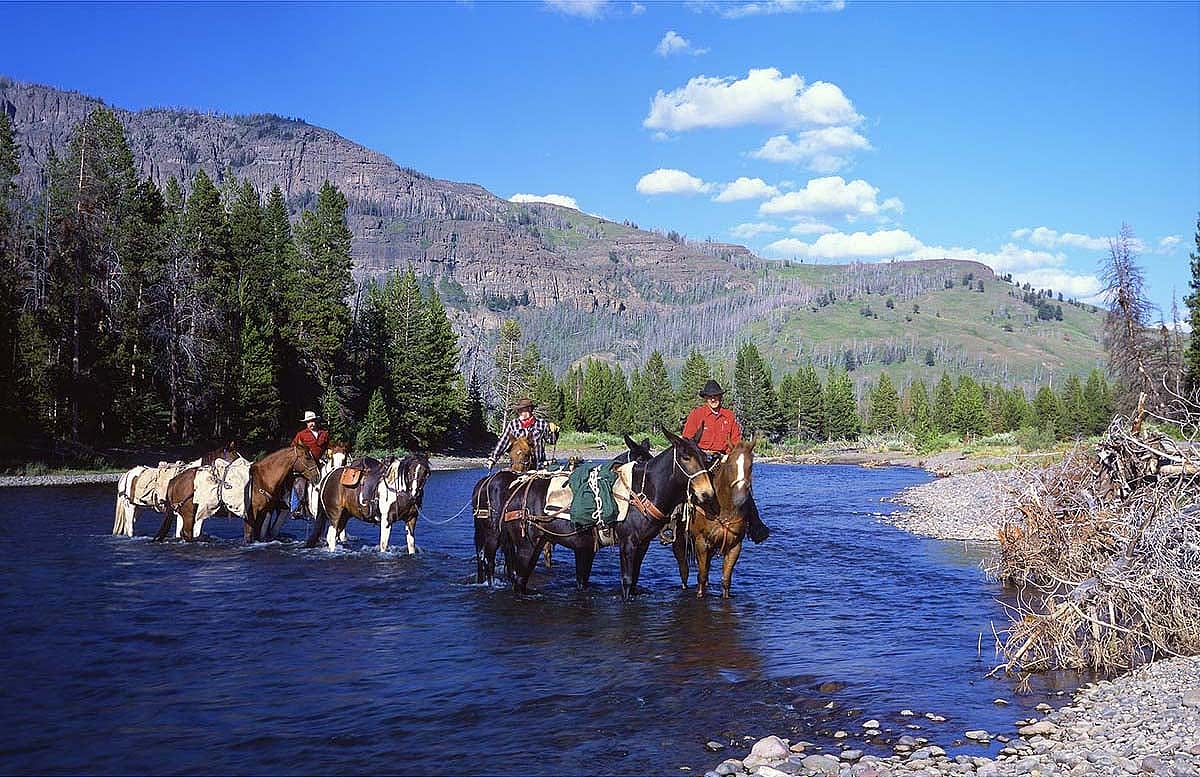
Some things change, but transportation remains the same in the Thorofare region. Here, Wyoming Game and Fish Department pack string crosses Thorofare Creek. Mark Bruscino, Nathan Bender, and Tim Fagan. Sean Campbell photograph.
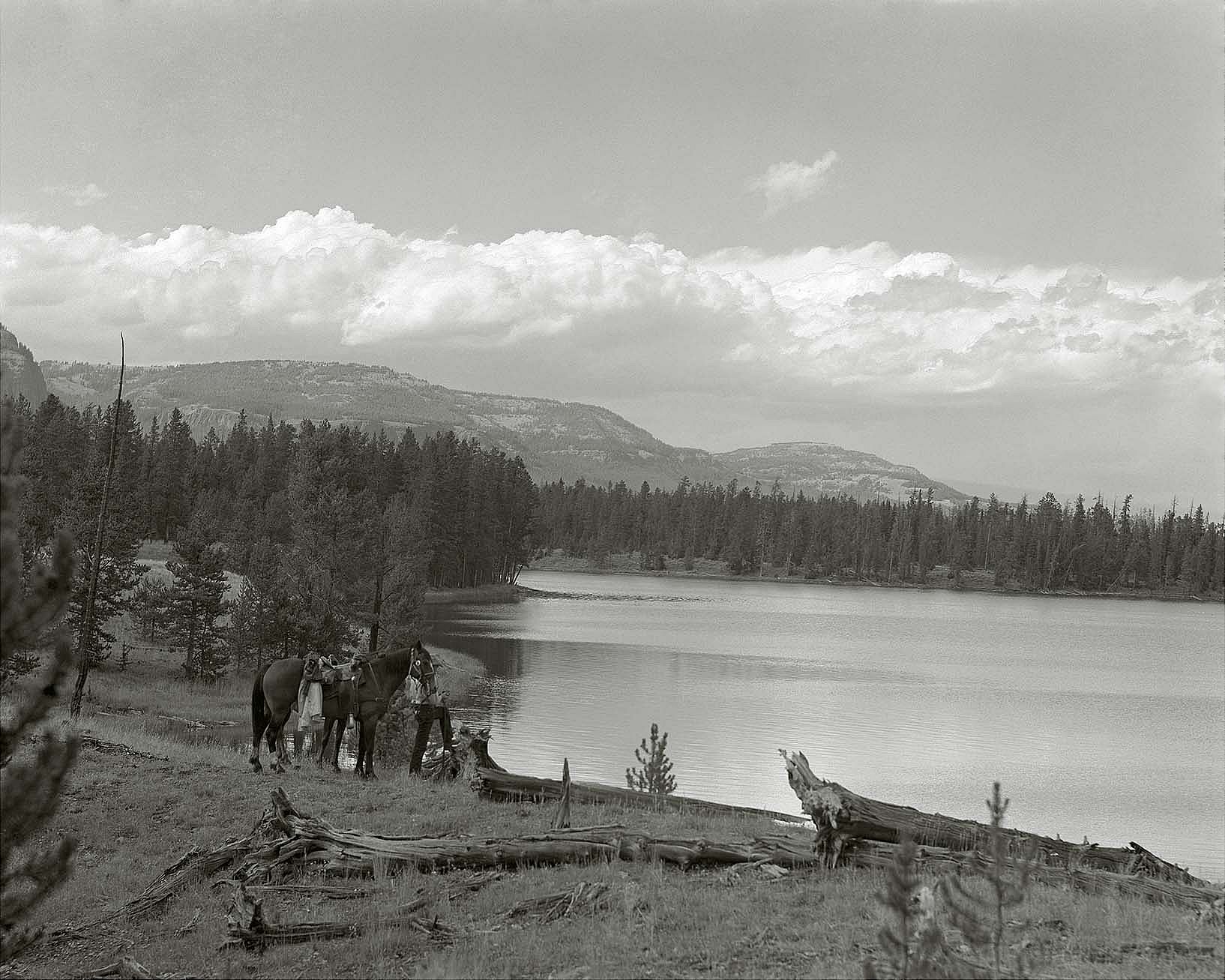
The western shoreline of Bridger Lake in 1953. The mountains of Two Ocean Plateau in the background are part of the continental divide. Jack Richard photograph. PN.89.20005.5 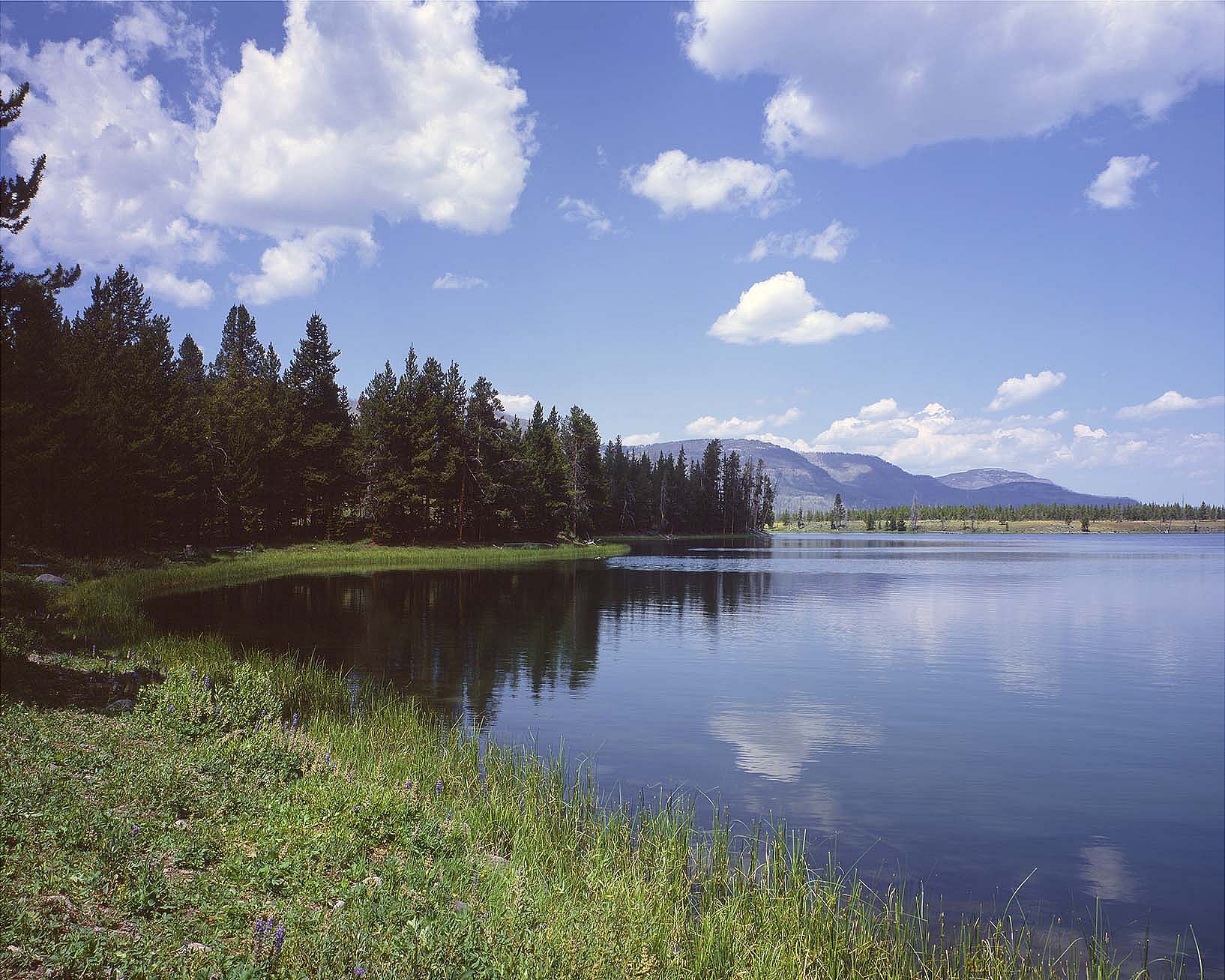
The western shoreline of Bridger Lake as it appeared in 2004. Note changes in the shoreline and in the vegetation. Sean Campbell photograph.
About the author
Marguerite House was formerly the Center of the West’s Media Coordinator and the Editor of Points West magazine. She retired at the end of 2018. Sean Campbell was formerly Photographer, as well as Rights & Reproductions Manager at the Center.
Post 269
Written By
Nancy McClure
Nancy now does Grants & Foundations Relations for the Center of the West's Development Department, but was formerly the Content Producer for the Center's Public Relations Department, where her work included writing and updating website content, publicizing events, copy editing, working with images, and producing the e-newsletter Western Wire. Her current job is seeking and applying for funding from government grants and private foundations. In her spare time, Nancy enjoys photography, reading, flower gardening, and playing the flute.










